Oven Cleaner Reacting with Aluminum Foil
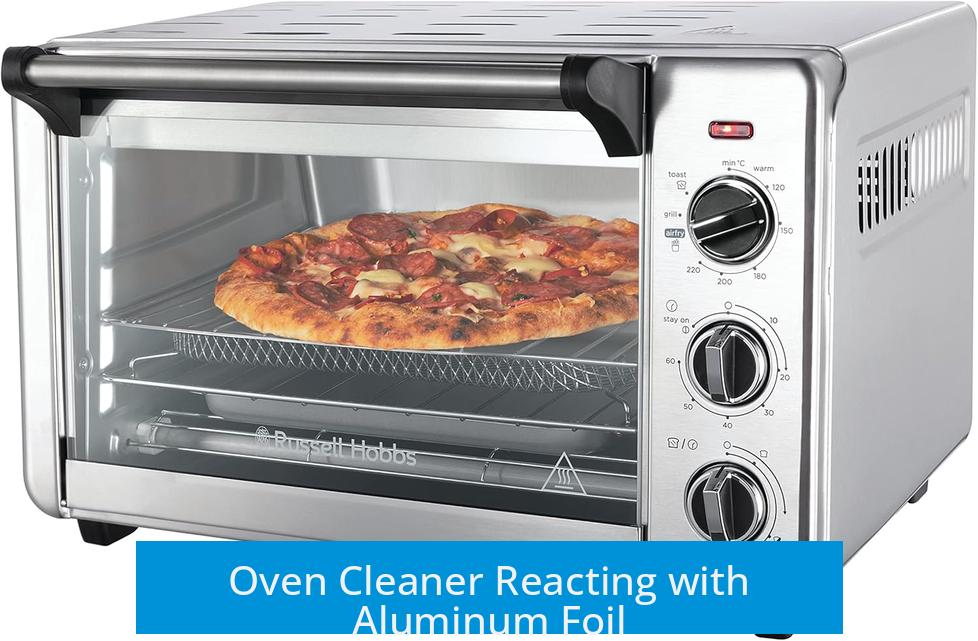
When oven cleaner containing caustic soda (NaOH) contacts aluminum foil, a chemical reaction occurs that dissolves the aluminum and releases hydrogen gas along with heat. This reaction results from the strong alkalinity of sodium hydroxide, which aggressively attacks the aluminum metal. The process produces hydrogen gas and may release aerosolized solution particles causing irritation.
Chemical Reaction Details

- Oven cleaners often contain sodium hydroxide (NaOH).
- NaOH reacts readily with aluminum foil.
- The aluminum dissolves, releasing hydrogen gas.
- The reaction is exothermic, producing some heat.
- The released gas sometimes carries droplets of caustic solution, which can irritate mucous membranes.
Safety Concerns
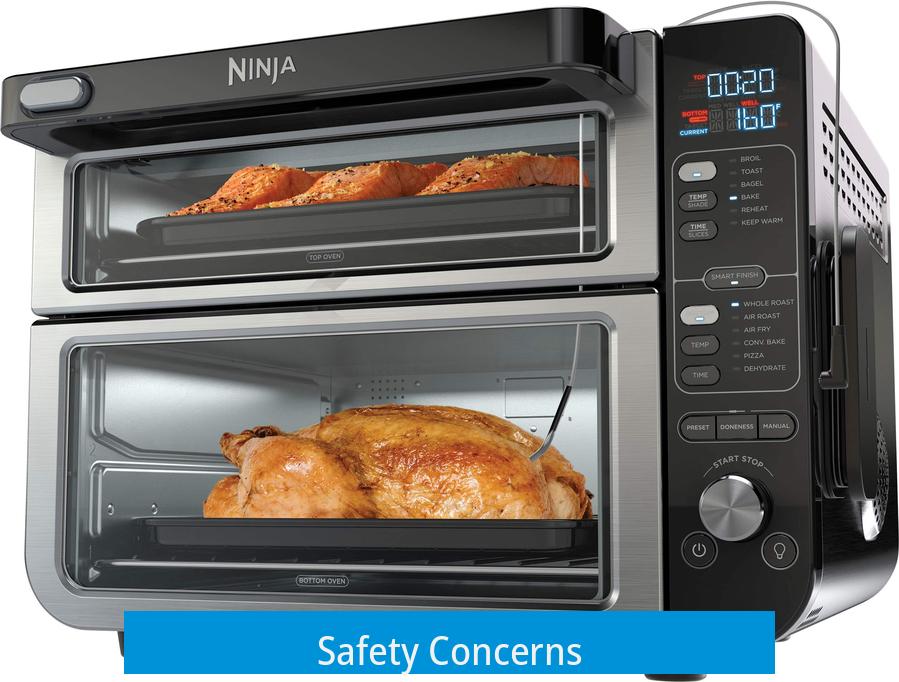
Hydrogen gas is flammable but usually generated in small amounts during this reaction. More concerning are the caustic droplets suspended in the gas, which can irritate the eyes, nose, and throat.
The reaction speed increases with heat. For example, a hot pan with aluminum foil may produce more noticeable fumes and potentially a stronger reaction. However, a large surface area helps cool the reaction, limiting fume generation.
Handling and Cleanup Procedures
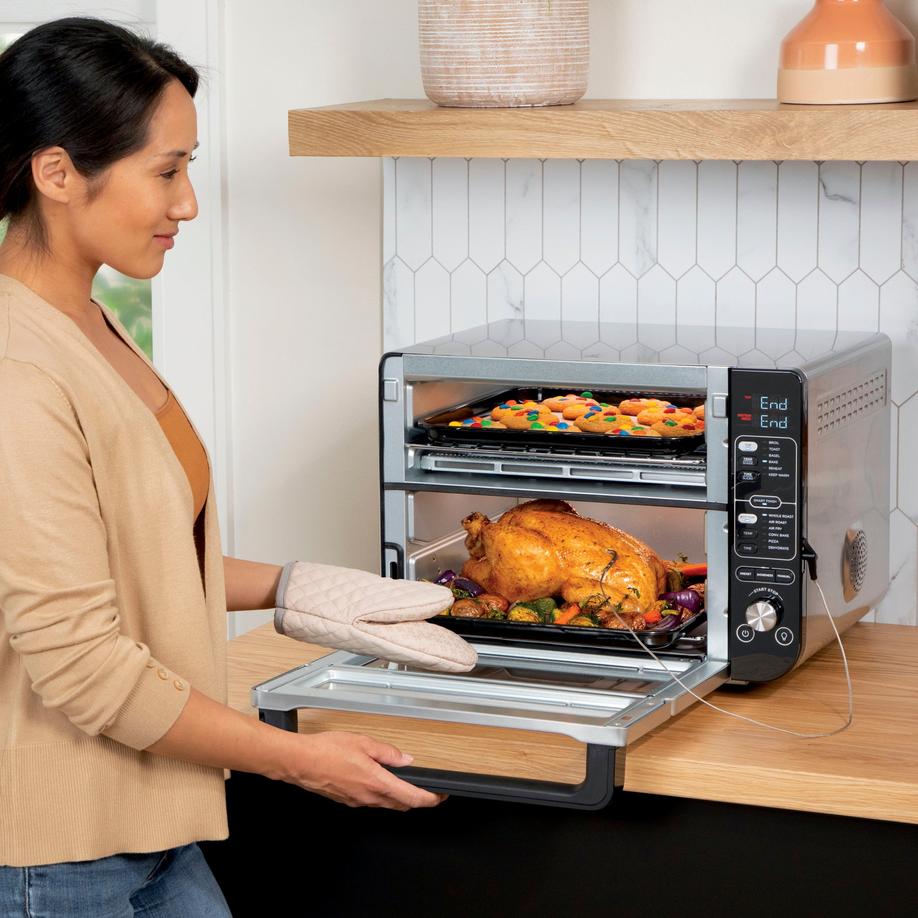
- Wear gloves to avoid skin contact with caustic residues.
- Rinse aluminum foil thoroughly with water to dilute and remove caustic residues.
- Dispose of the aluminum foil safely in the trash after rinsing.
- Any black residue formed can be cleaned using a light NaOH solution or conventional cleaning agents.
- Submerging contaminated items in water helps neutralize and dilute residual caustic soda.
Usage Recommendations for Oven Cleaner on Aluminum
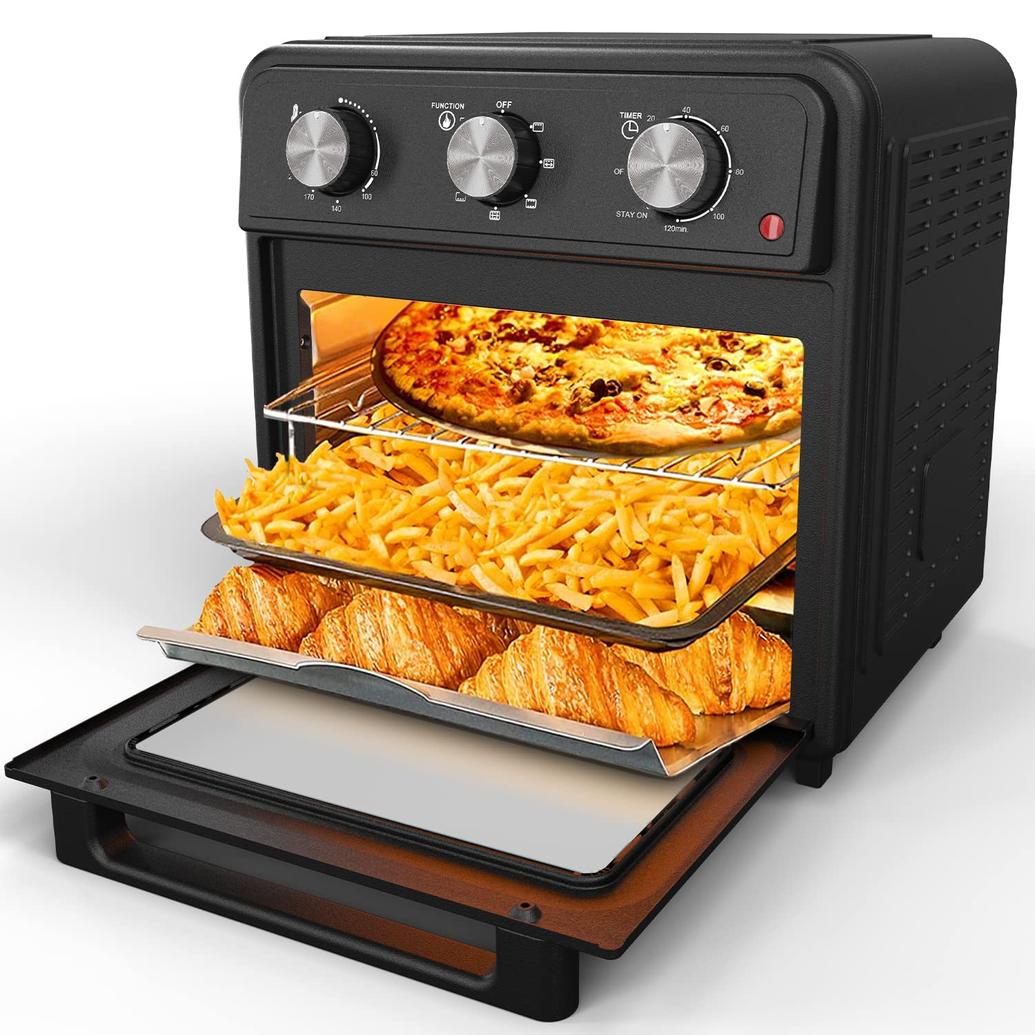
Oven cleaner works best on steel surfaces and should be used carefully or avoided on aluminum. If aluminum must be cleaned, limit exposure to just a few minutes to reduce damage.
- Do not allow oven cleaner to sit on aluminum foil or pans for extended times.
- Use oven cleaner only on steel parts and surfaces.
- Short exposure on enamel or ceramic without metal decorations is acceptable.
- Rinse aluminum surfaces promptly after cleaning.
Key Takeaways
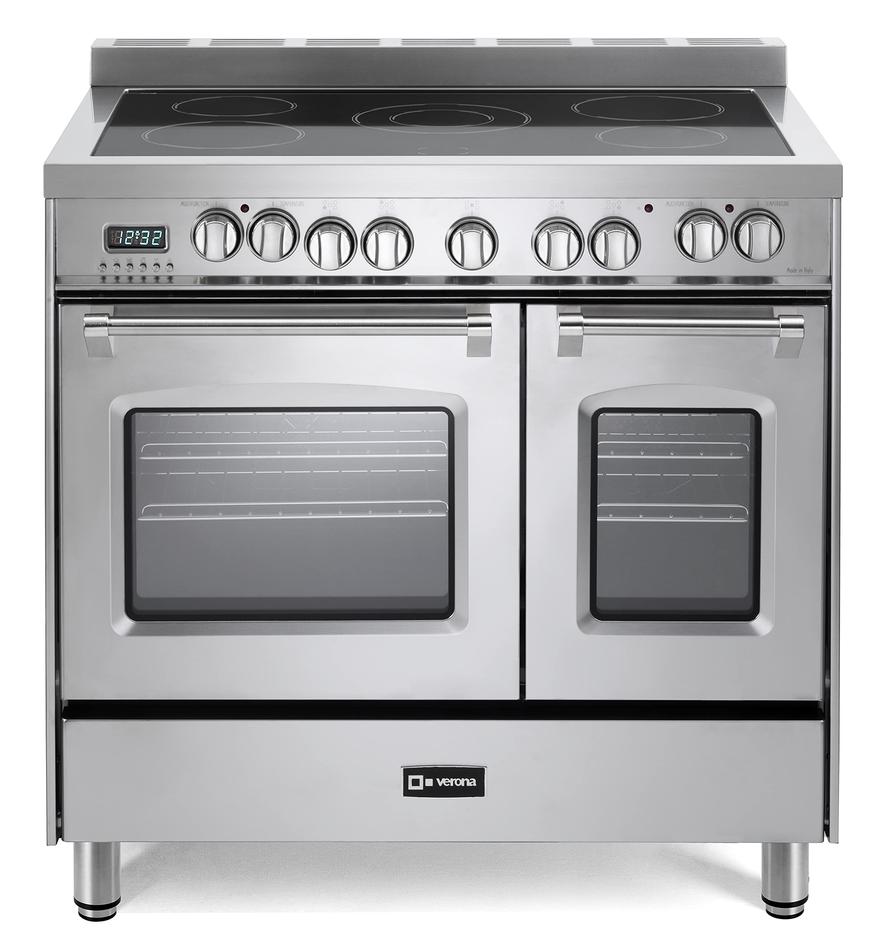
- Oven cleaner with NaOH dissolves aluminum foil, releasing hydrogen gas and heat.
- Reaction fumes may contain caustic droplets causing irritation.
- Use gloves and rinse materials well after contact.
- Avoid prolonged exposure of aluminum to oven cleaner.
- Best to apply oven cleaner only on steel and non-metal-decorated ceramics.
What Happens When Oven Cleaner Meets Aluminum Foil?
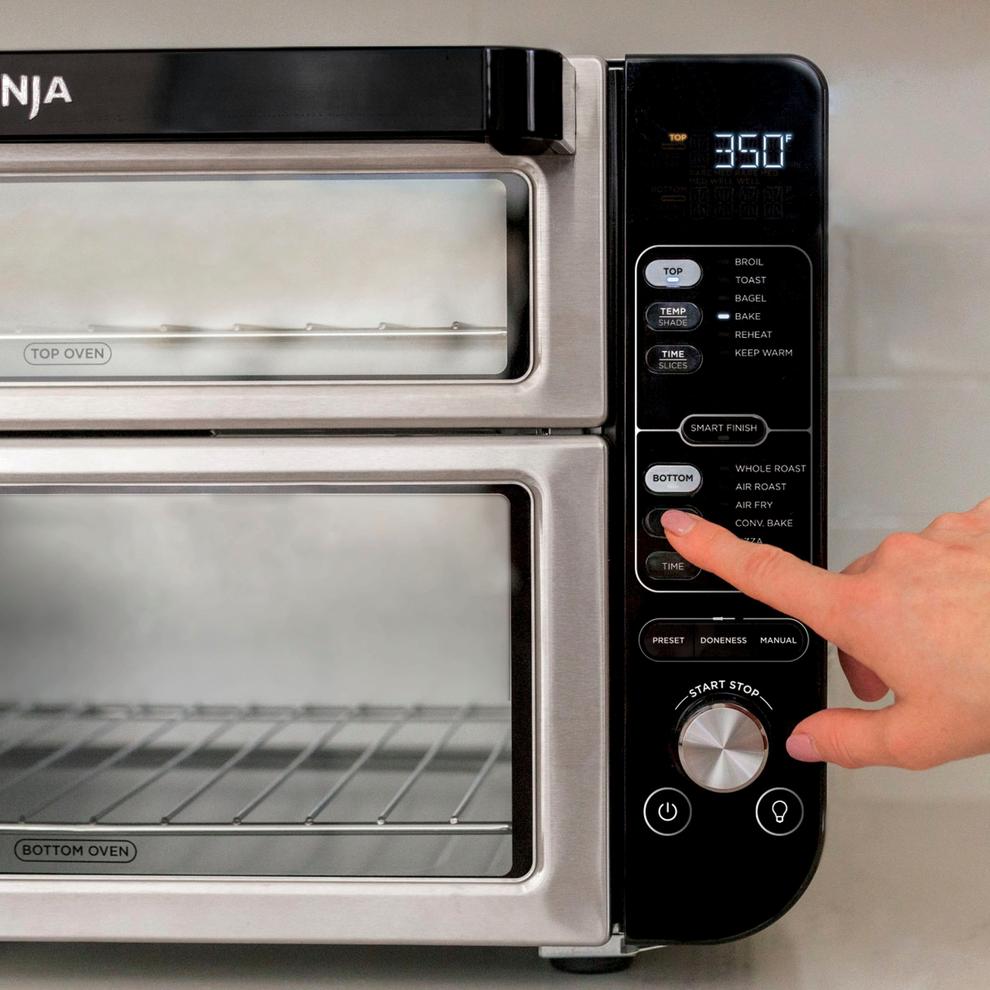
Oven cleaner reacting with aluminum foil is a risky, sometimes explosive chemistry lesson in your kitchen. It causes a reaction that produces hydrogen gas and heat, dissolving the aluminum while possibly releasing harsh fumes. Why does this happen, and what should you know before you play chemistry with your bakeware or foil? Let’s break down the interaction between these household materials and what you can do if this kitchen experiment happens accidentally.
The Chemistry Behind Oven Cleaner and Aluminum Foil
Oven cleaner usually contains caustic soda—chemically known as sodium hydroxide (NaOH). This powerful base aggressively reacts with aluminum, the shiny hero of your foil packets. When they meet, the caustic soda attacks the aluminum atoms, breaking them down and releasing hydrogen gas and some heat.
This reaction is not just a mild fizz; it’s a genuine chemical transformation where aluminum starts to dissolve. The hydrogen gas bubbles up, and because of this, you might notice a slight warming or fizzing of the foil if exposed to oven cleaner. It’s this gas—and the lingering spray of diluted oven cleaner—that can irritate your nose or throat.
Safety First: Why You Should Avoid Mixing Oven Cleaner with Aluminum
Is it dangerous? The hydrogen gas itself is flammable, but under typical household conditions where the pan cools off quickly, the risk isn’t extreme. However, it’s important to remember that the gas might carry tiny droplets of the caustic cleaner, which are harsh on skin and lungs.
The fumes you get during this reaction come more from sprayed particles of a big, strong chemical than from any magical new gas. Your nose burning isn’t just imagination; those aerosolized bits can burn your mucous membranes. So, never let aluminum foil soak in oven cleaner, and if you must, do it in a well-ventilated space or outside.
How to Handle the Aftermath of Oven Cleaner and Aluminum Foil Contact
Spilled oven cleaner on aluminum foil or a reaction gone wrong? No worries—but do it right. The best fix is simple: immerse the foil or contaminated pan in a bucket of water. This dilutes the caustic soda, slowing or stopping its aggressive work on aluminum. It also helps ease cleanup.
Wearing gloves is a must here—this stuff is no friend to your skin. After soaking, rinse the foil thoroughly and toss it out safely. If there’s stubborn black residue or “gunk,” a light splash of fresh caustic soda drain cleaner can clean it up, but handle it carefully.
For any leftover aluminum pieces that may have cracked or bubbled, pick them up with gloves and dispose of them promptly. They’re chemically compromised and better off in the trash than repurposed.
Best Practices: When and How to Use Oven Cleaner Near Aluminum
Here’s the quick rule: avoid oven cleaner on aluminum whenever possible. Aluminum is sensitive and reacts quickly with NaOH products. If you’re cleaning an aluminum cookie pan, act fast—apply oven cleaner for no more than a few minutes and rinse immediately. Don’t let the cleaner sit and eat into your pan.
In general, oven cleaner should be reserved for steel ovens and occasionally enamel or ceramic surfaces without metal decorations. It’s simply too aggressive for aluminum.
Wondering why manufacturers don’t add warnings about this? Often, oven cleaner instructions highlight avoiding delicate metals or surfaces but don’t stress aluminum specifically. Considering how foil is everywhere in kitchens, it pays to stay cautious.
A Quick Kitchen Chemistry Caution Tale
Imagine grabbing some oven cleaner, desperate to reclaim your grimy bakeware. You notice some foil stuck inside and think, “Eh, I’ll leave it for a bit.” Within minutes, bubbles form, a faint hiss sounds, and the foil disintegrates in a chemical fizz. You smell that sharp, burning scent and realize this is no ordinary cleaning job.
Fast forward to a bucket of water, gloves on, and a quick rinse ritual. You’ve survived the reaction but learned an important lesson: aluminum and oven cleaner don’t mix well, no matter how persistent the grime.
Takeaway: Handle Aluminum and Oven Cleaner With Care
- Do not let oven cleaner sit on aluminum foil or pans for long.
- If reaction starts, rinse or immerse in water immediately to dilute the cleaner.
- Wear gloves to protect from caustic burns and irritation.
- Use oven cleaner mainly on steel and enamel surfaces without aluminum.
- Understand that any bubbling or gas is a sign of active chemical breakdown—handle carefully.
So next time you’re about to use oven cleaner, a quick scan for any aluminum foil or elements can save you from a messy, chemical surprise. Isn’t it fascinating? Science isn’t just in labs; it’s lurking in your kitchen under that stubborn grease. Just keep yourself safe—and maybe skip the clay pot wrapped in foil next time.
Can oven cleaner damage aluminum foil?
Yes. Oven cleaner, which contains caustic soda, reacts with aluminum. It dissolves the metal and releases hydrogen gas, which can be hazardous.
What gases are produced when oven cleaner reacts with aluminum?
The reaction generates hydrogen gas and can aerosolize some caustic soda solution, which may irritate the nose and eyes.
Is it safe to use oven cleaner on aluminum cookware?
No. Oven cleaner should not be used on aluminum cookware. It reacts strongly and can damage the surface quickly, usually within minutes.
How should I clean up aluminum foil after oven cleaner exposure?
Wear gloves, rinse the foil thoroughly with water, then discard it. You can soak it in water first to dilute any remaining caustic substances.
Can oven cleaner fumes be harmful during the reaction with aluminum?
Fumes mainly consist of hydrogen gas, which is flammable, and may include caustic droplets. Ventilate the area and avoid inhaling directly.


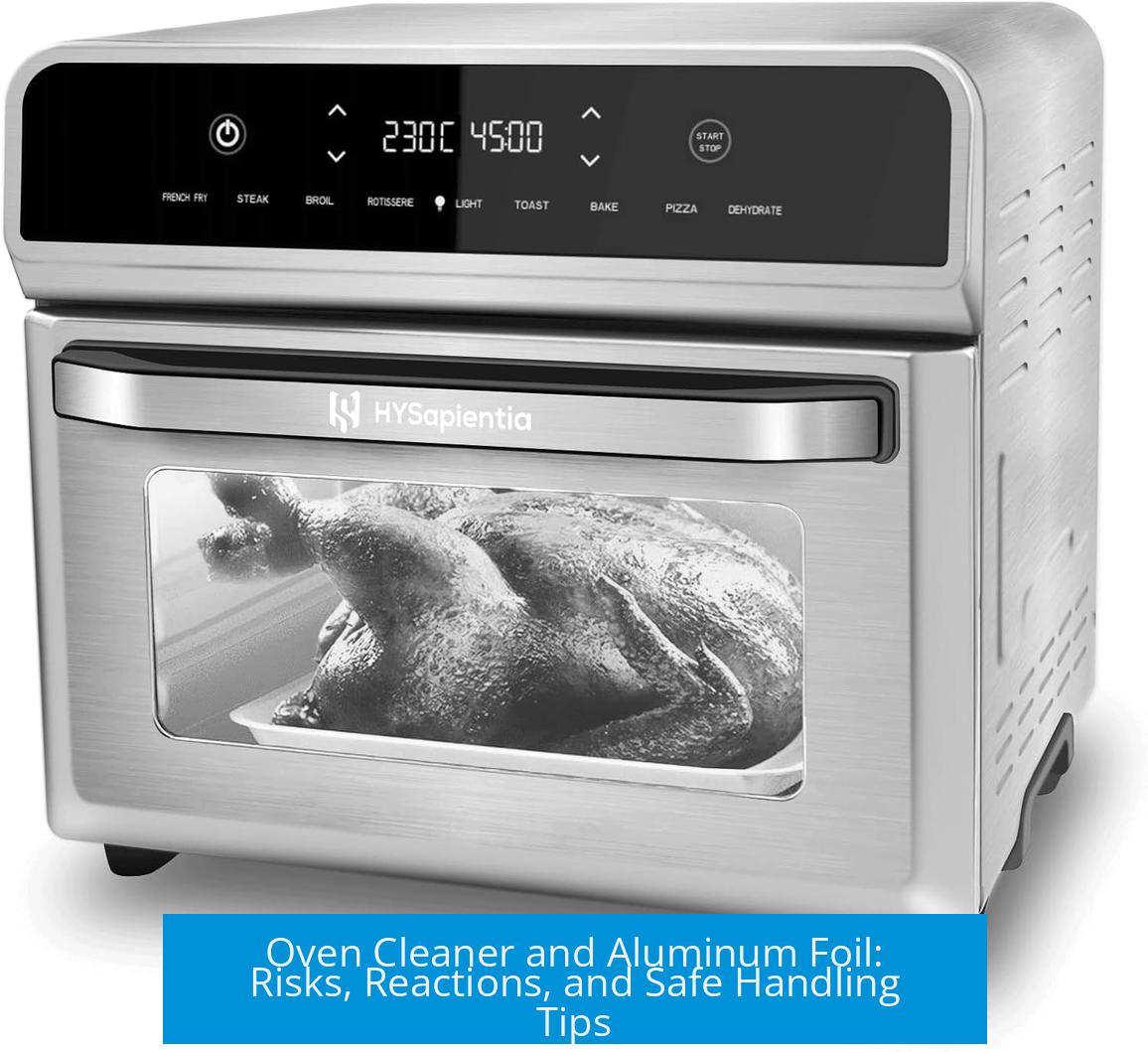
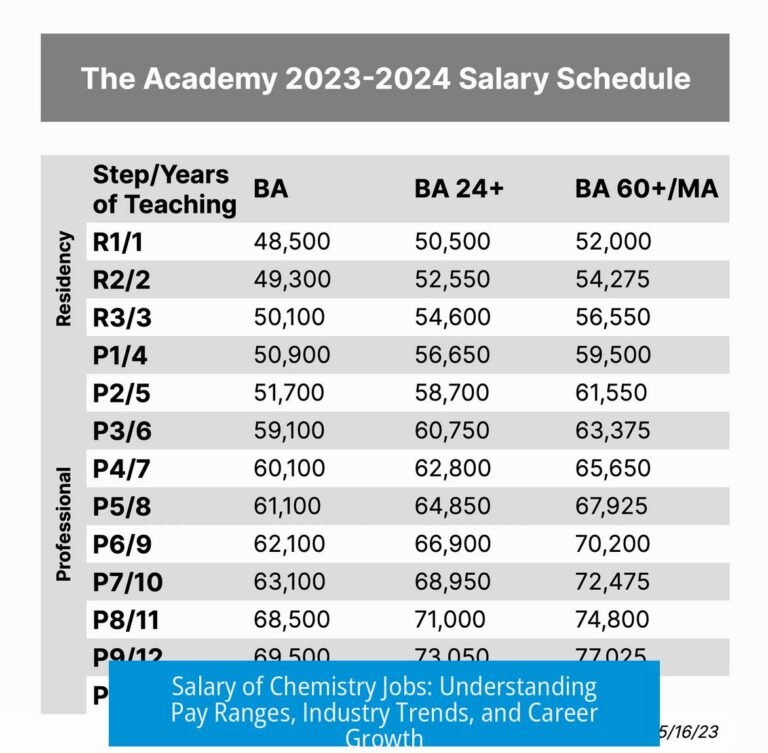
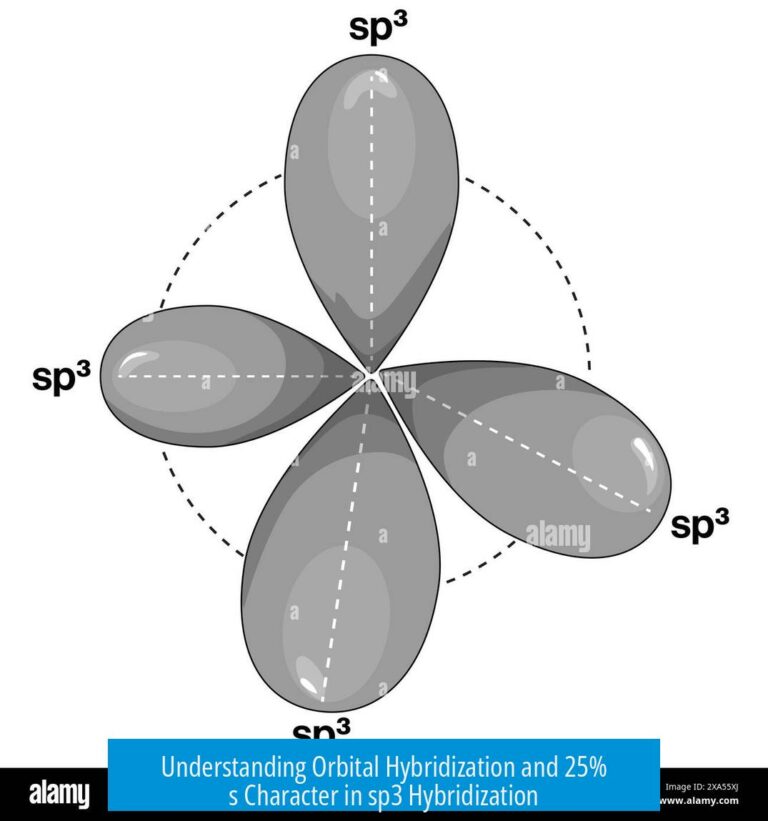
Leave a Comment